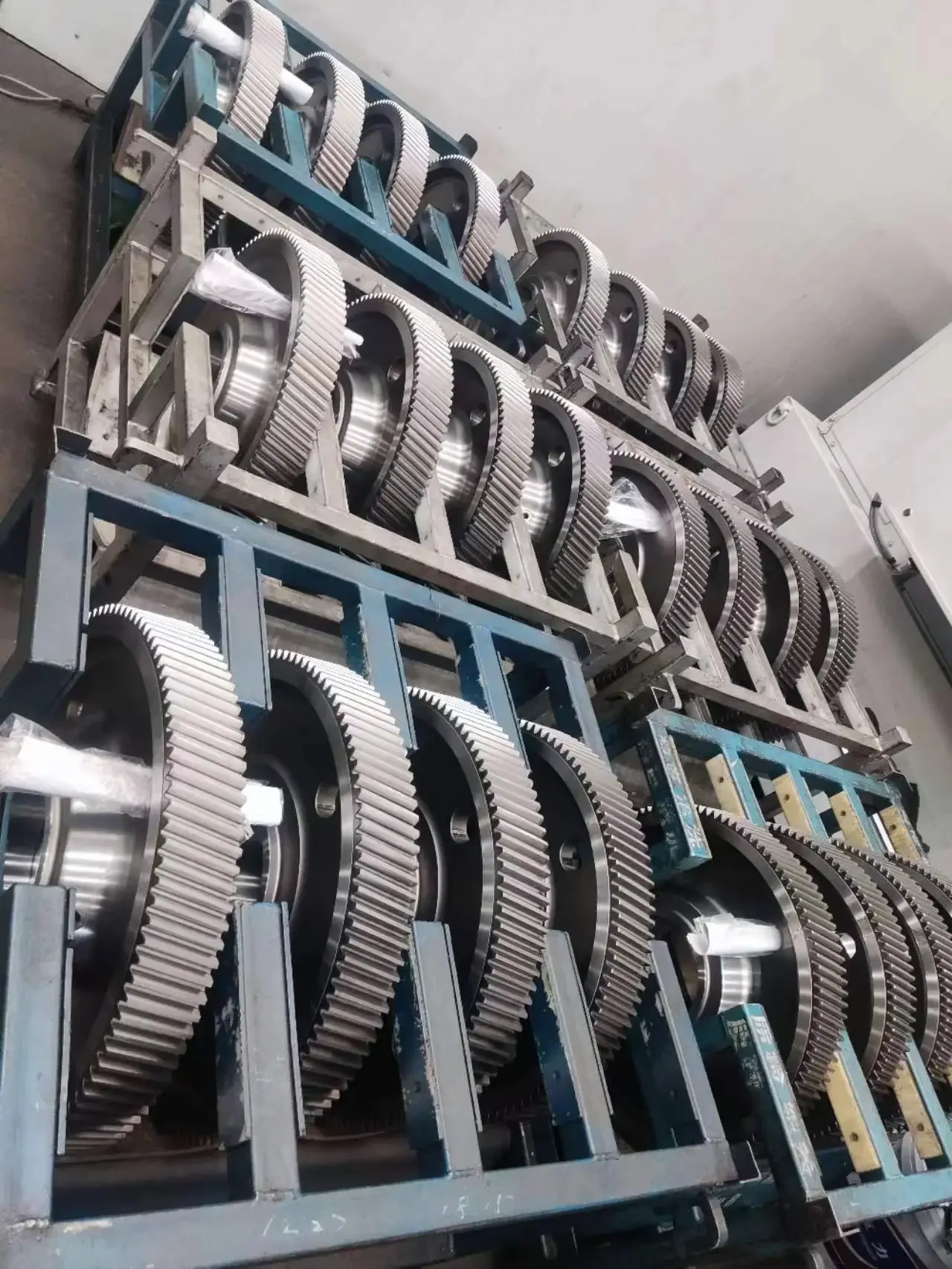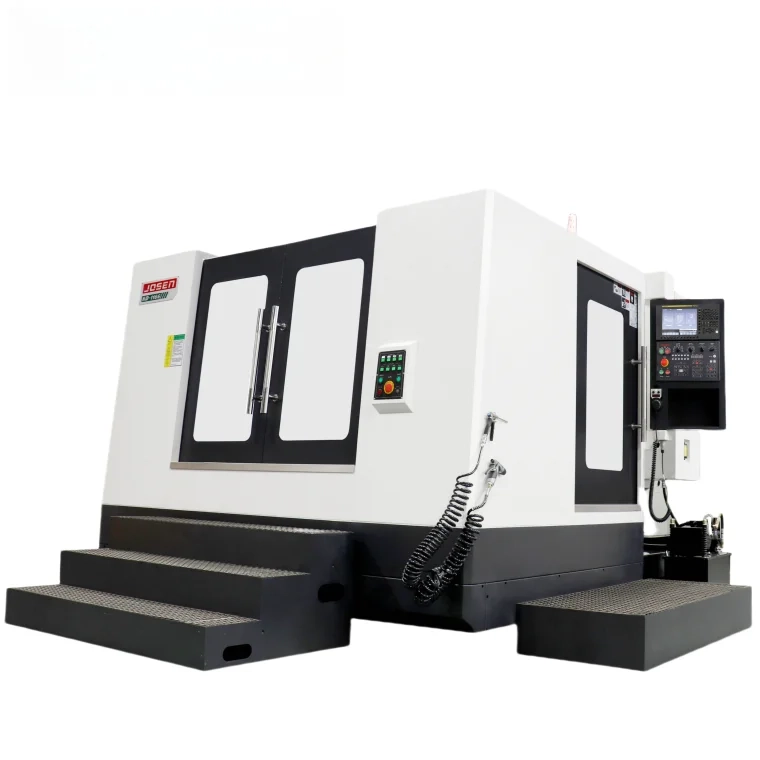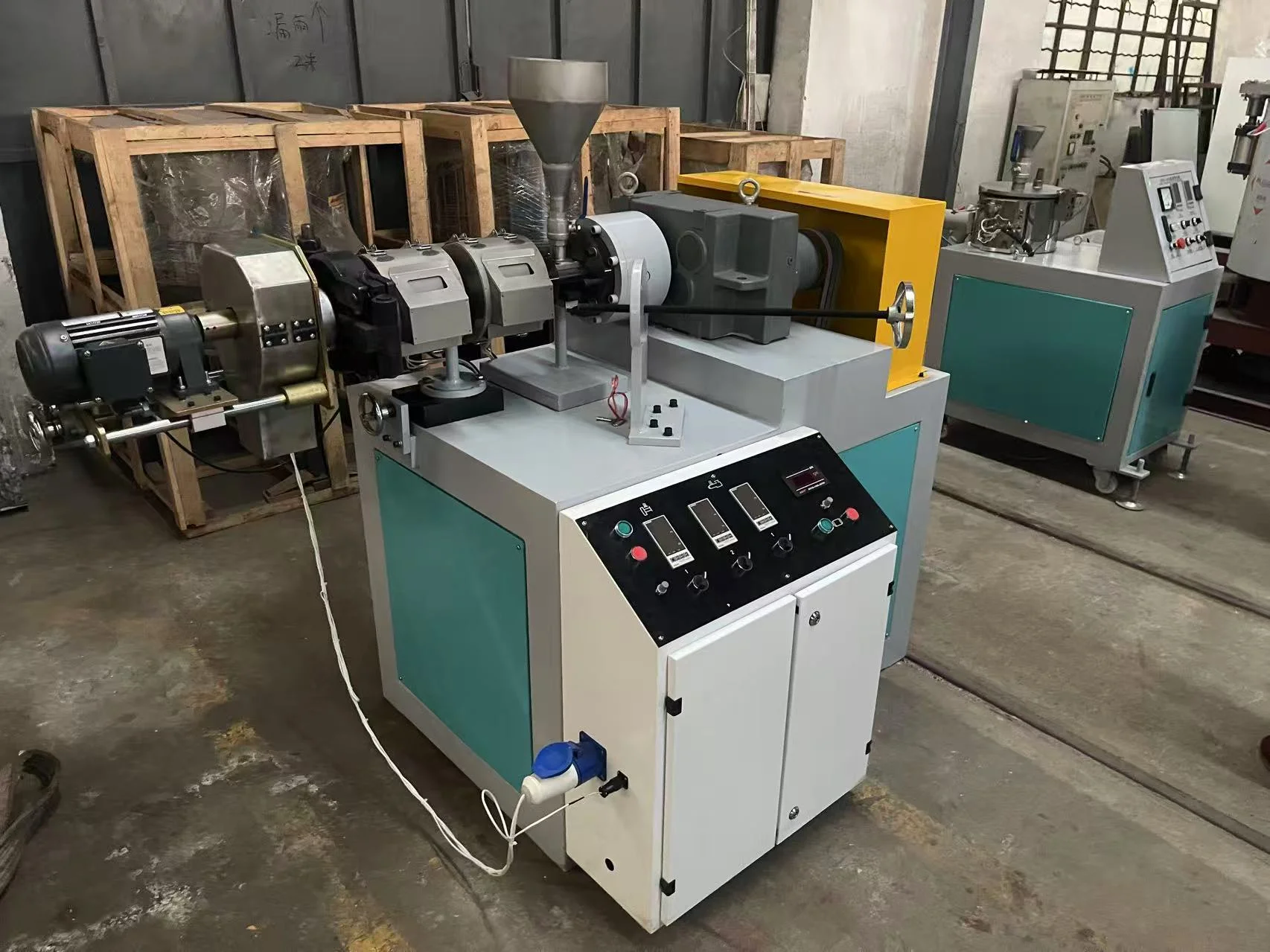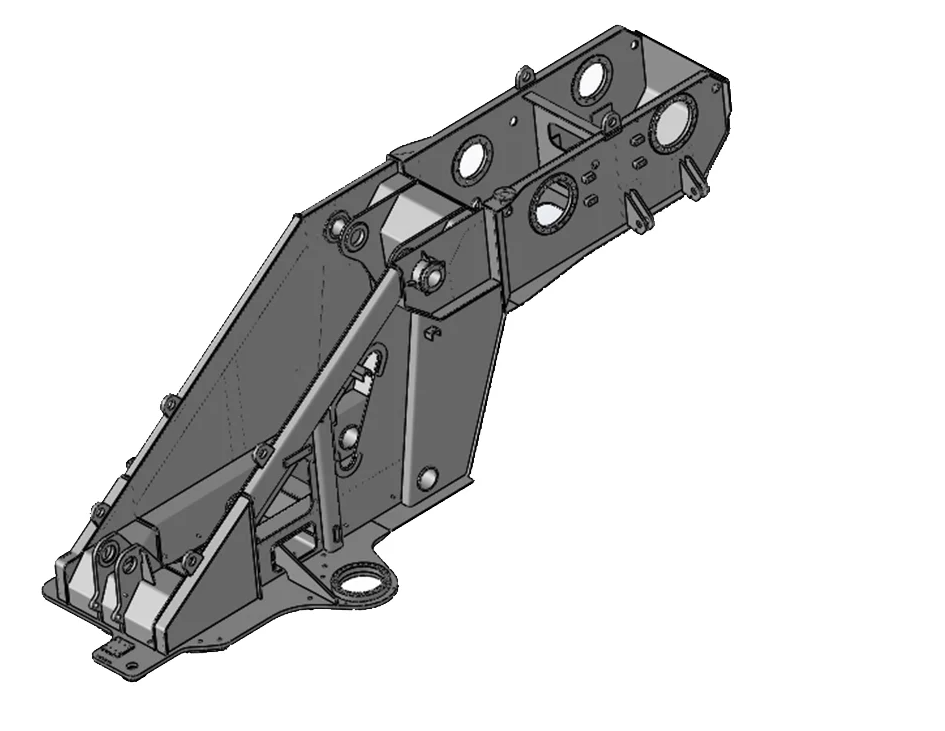Role of High Precision Rail Transportation Gear in Railway System
Rail transportation has been a cornerstone of global trade and passenger mobility for more than a century. With the rapid development of high-speed rail networks, heavy freight systems, and urban transit solutions, the demand for mechanical components that combine exceptional reliability, accuracy, and durability has never been greater. At the heart of this progress lies high precision rail transportation gear, a crucial element in ensuring smooth operation, energy efficiency, and safety in rail systems. In this blog post, Longruifa, a professional custom precision gear manufacturing factory, will share the role of high precision rail transportation gear in railway systems.
1. Understanding High Precision Rail Transportation Gear
High precision rail transportation gear refers to specially engineered gear systems designed to transmit torque and rotational motion in rail vehicle drivetrains, signaling mechanisms, and auxiliary equipment. These gears are distinguished by:
-
Tight dimensional tolerances (often within microns)
-
High surface finish quality to minimize wear
-
Advanced material composition for fatigue resistance
-
Optimized tooth geometry for quiet, efficient operation
Whether installed in locomotives, metro cars, or maintenance vehicles, these gears serve as the mechanical backbone of propulsion and auxiliary systems.
2. Functional Importance in Railway Systems
High precision rail transportation gear plays multiple roles in rail applications, including:
a. Traction Drive Systems
In electric or diesel-electric locomotives, traction motors drive the wheels through gearboxes. The precision of these gears directly influences power transmission efficiency and vibration control.
b. Auxiliary Equipment
Gears also operate auxiliary components such as cooling fans, compressors, and door mechanisms, where accurate engagement is necessary for consistent performance.
c. Signaling and Control Systems
Some signaling actuators and track-switching mechanisms rely on precision gear sets to ensure accurate positioning and timing, critical for safety.

3. Key Performance Requirements
For gears to meet the stringent demands of rail transportation, manufacturers must ensure:
-
Load Capacity: Ability to handle high torque loads without deformation.
-
Durability: Long service life despite constant vibration, shock loads, and environmental exposure.
-
Thermal Stability: Resistance to expansion or contraction under extreme temperature variations.
-
Noise and Vibration Reduction: Essential for passenger comfort and mechanical longevity.
In high-speed trains, for example, even minor deviations in tooth alignment can cause noise levels to rise exponentially, affecting both comfort and safety.
4. Materials and Manufacturing Technologies
The performance of high precision rail transportation gear is determined largely by the choice of materials and the manufacturing process.
a. Material Selection
Common materials include:
-
Alloy steels (e.g., 18CrNiMo7-6, 20MnCr5) for high strength and toughness
-
Case-hardened steels for wear resistance
-
Advanced composites in certain lightweight applications
b. Heat Treatment
Processes such as carburizing, nitriding, and induction hardening improve surface hardness while maintaining a tough core.
c. Precision Machining
Techniques like CNC hobbing, grinding, and honing ensure exact tooth profiles, essential for high-speed rail applications.
d. Quality Assurance
Gears undergo strict dimensional inspections, surface roughness tests, and hardness measurements to meet railway industry standards such as EN 13260 or ISO 6336.
5. Applications Across Rail Sectors
a. High-Speed Passenger Trains
These trains require gears capable of transmitting power at rotational speeds exceeding 4,000 rpm while maintaining minimal noise and vibration.
b. Heavy Freight Rail
Gears must withstand extreme torque loads from hauling long, heavy trains across challenging terrains.
c. Urban Transit Systems
Metro and light rail vehicles prioritize smooth acceleration, braking, and quiet operation, making gear precision critical.
d. Maintenance-of-Way Equipment
Track-laying machines, ballast tampers, and inspection vehicles rely on specialized gears for reliable operation in tough field conditions.
6. Advancements in Gear Design and Engineering
Recent innovations have significantly improved the performance of high precision rail transportation gear:
-
Computer-Aided Gear Design (CAGD) for optimized tooth geometry
-
Finite Element Analysis (FEA) to predict stress distribution and prevent failure points
-
Advanced Coatings such as diamond-like carbon (DLC) to reduce friction
-
Condition Monitoring Sensors embedded in gearboxes for real-time diagnostics
These developments have allowed rail systems to achieve higher speeds, lower maintenance intervals, and improved energy efficiency.
7. Maintenance and Lifecycle Considerations
Even the most precisely manufactured gear requires proper maintenance to achieve its designed service life.
-
Regular Lubrication: Prevents wear and dissipates heat.
-
Alignment Checks: Ensures tooth engagement remains within tolerance.
-
Vibration Analysis: Detects early signs of gear tooth damage or imbalance.
-
Replacement Intervals: Planned based on operational hours, load cycles, and inspection results.
Predictive maintenance powered by AI-based monitoring systems is increasingly being adopted in modern rail fleets to extend gear life and reduce downtime.
8. Industry Standards and Compliance
High precision rail transportation gear must comply with industry and regional standards, which may include:
-
EN 61373: Shock and vibration testing for railway applications
-
ISO 9001 / IRIS: Quality management systems for railway equipment manufacturing
-
AAR M-1003: North American railway component manufacturing standards
Compliance ensures not only product reliability but also compatibility with existing railway infrastructure.
Conclusion
High precision rail transportation gear is a vital component of the global railway industry, enabling safe, efficient, and comfortable train operations. From high-speed passenger services to heavy freight haulage, the performance of these gears determines the reliability and efficiency of rail systems. With ongoing advancements in materials, design, and monitoring technologies, the next generation of gears promises to push the boundaries of speed, safety, and sustainability in rail transportation.
www.lrfgears.com
Longruifa




